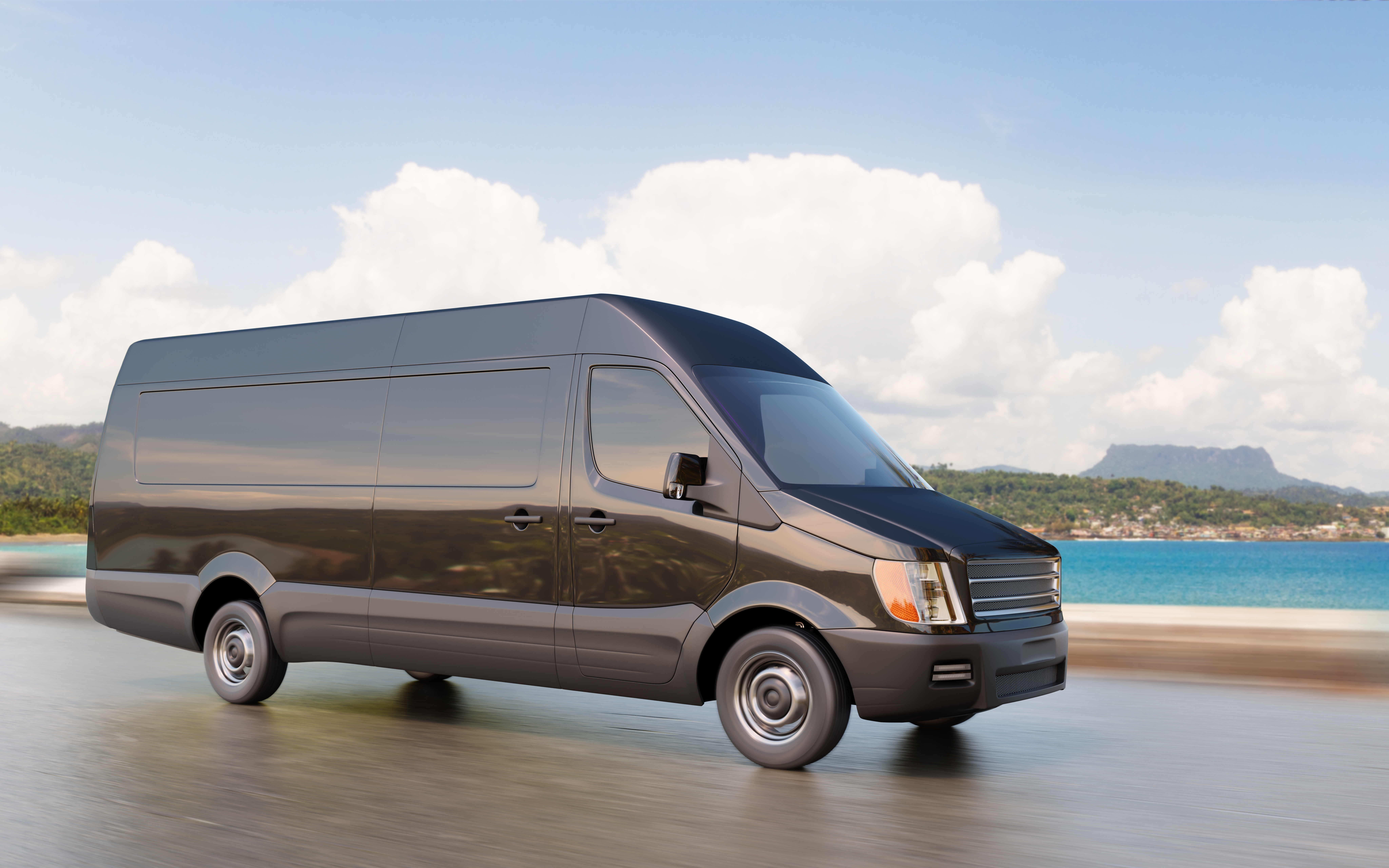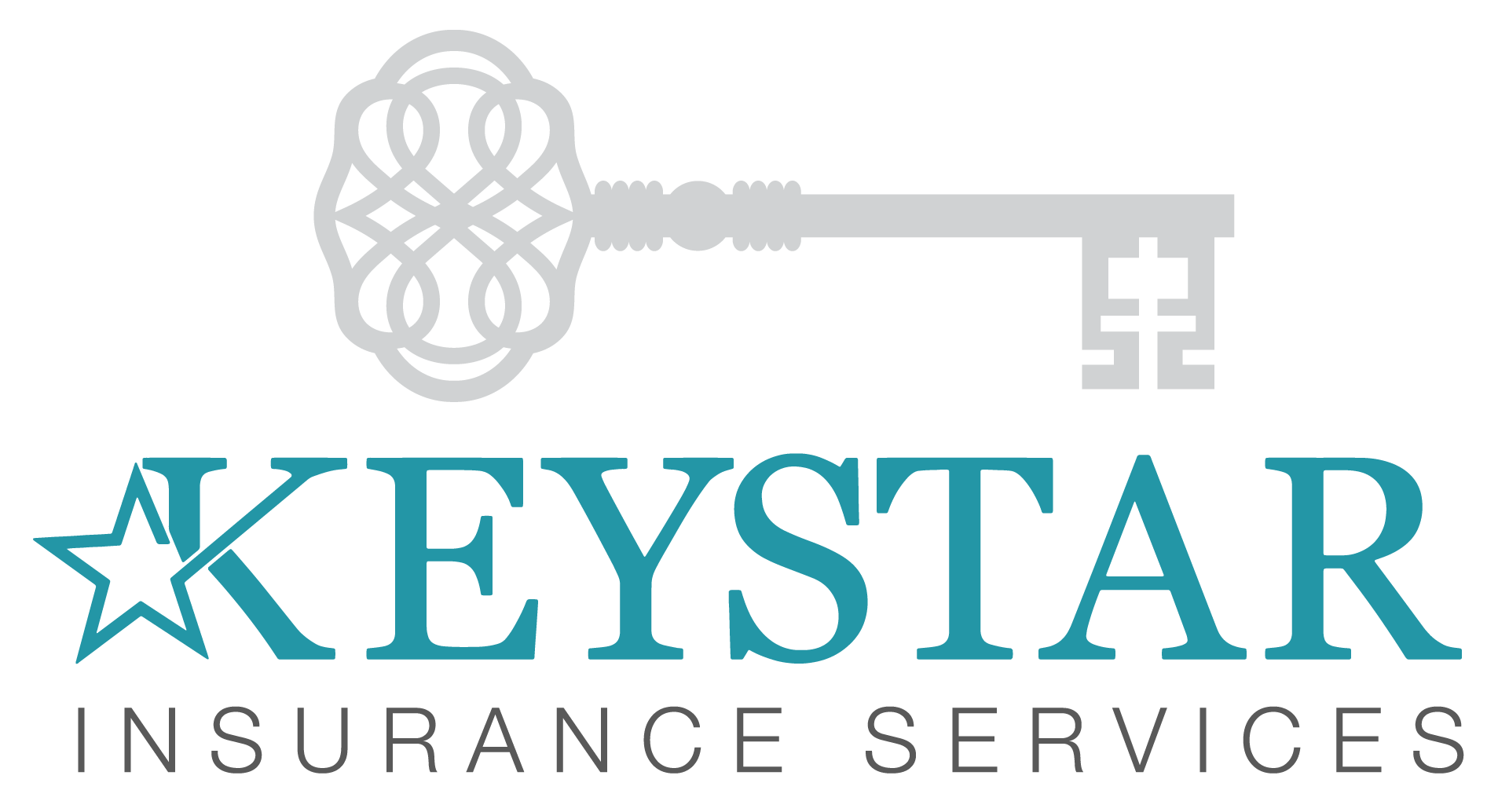

Commercial Auto Insurance
The road is unpredictable and dangerous and can put a lot of stress on a business owner who’s employees transport materials or drive company vehicles. We want to make sure you are covered when you send out your employees out on the road.
“Best practices” for managing a company’s business auto risks include:
- Choosing drivers carefully by verifying their Motor Vehicle Reports before making hiring decisions. Drivers with multiple tickets or accidents are far more likely to be involved in another accident.
- Not allowing drivers to use hand-held phones or similar devices while driving.
- Verifying coverage when relying on a Personal Auto Policy to cover a vehicle used for business purposes, especially those used to make deliveries. Most personal insurance excludes business use. This applies to contract drivers as well.
- Insurance costs are linked to the size of the deductible. Consider a higher deductible to reduce costs.
Coverage options include:
- Bodily injuries liability: coverage for injuries or death of other drivers, passengers and pedestrians if you or your employee driver is held responsible
- Property damage liability: cover damage to someone else`s property if you or your employee driver is held responsible
- Comprehensive coverage: covers damage to vehicles caused by something other than a collision (such as fire, theft, glass breakage, hail, and flood)
- Collision coverage: covers damage to your vehicle when you hit (or are hit by) another vehicle or if your vehicle collides with a fixed object
- Uninsured/ underinsured motorist coverage: covers expenses that would have been paid by the at-fault driver had that driver carried adequate insurance
- Medical payments coverage: covers medical expenses of passengers in your vehicle who are injured in an accident
Questions to ask about commercial auto insurance:
Who owns the vehicles my business uses?
Should an employee on behalf of Sunny Corporation not doing business as that name conduct business activities requiring a vehicle, they may be uncovered. Be sure to document all relevant parties.
What kind of vehicle does my business own?
1) Private passenger autos which are based on a flat rate.
2) Trucks, tractors, and trailers which are broken down by gross vehicle weight (GVW).
Vehicle class is one of the key factors in determining your policy rate.
How many total drivers and vehicles does my business require?
Fleets typically start as low as three autos and can include trucks, private passenger vehicles or a combination thereof.
How are my vehicles being used?
Common activities can include transporting goods or people for a fee, traveling to see client or between job sites, making deliveries, and/or hauling tools or equipment.
How often are my vehicles on the road?
These questions will help both yourself and us at KeyStar determine what kind of policy will fit your business` specific needs. We will assist you in taking inventory of your business and what kind of policy will protect you, your employees and the vehicles the best.

Who owns the vehicles my business uses?
Should an employee on behalf of Sunny Corporation not doing business as that name conduct business activities requiring a vehicle, they may be uncovered. Be sure to document all relevant parties.
What kind of vehicle does my business own?
1) Private passenger autos which are based on a flat rate.
2) Trucks, tractors, and trailers which are broken down by gross vehicle weight (GVW).
Vehicle class is one of the key factors in determining your policy rate.
How many total drivers and vehicles does my business require?
Fleets typically start as low as three autos and can include trucks, private passenger vehicles or a combination thereof.
How are my vehicles being used?
Common activities can include transporting goods or people for a fee, traveling to see client or between job sites, making deliveries, and/or hauling tools or equipment.
How often are my vehicles on the road?

Pages

